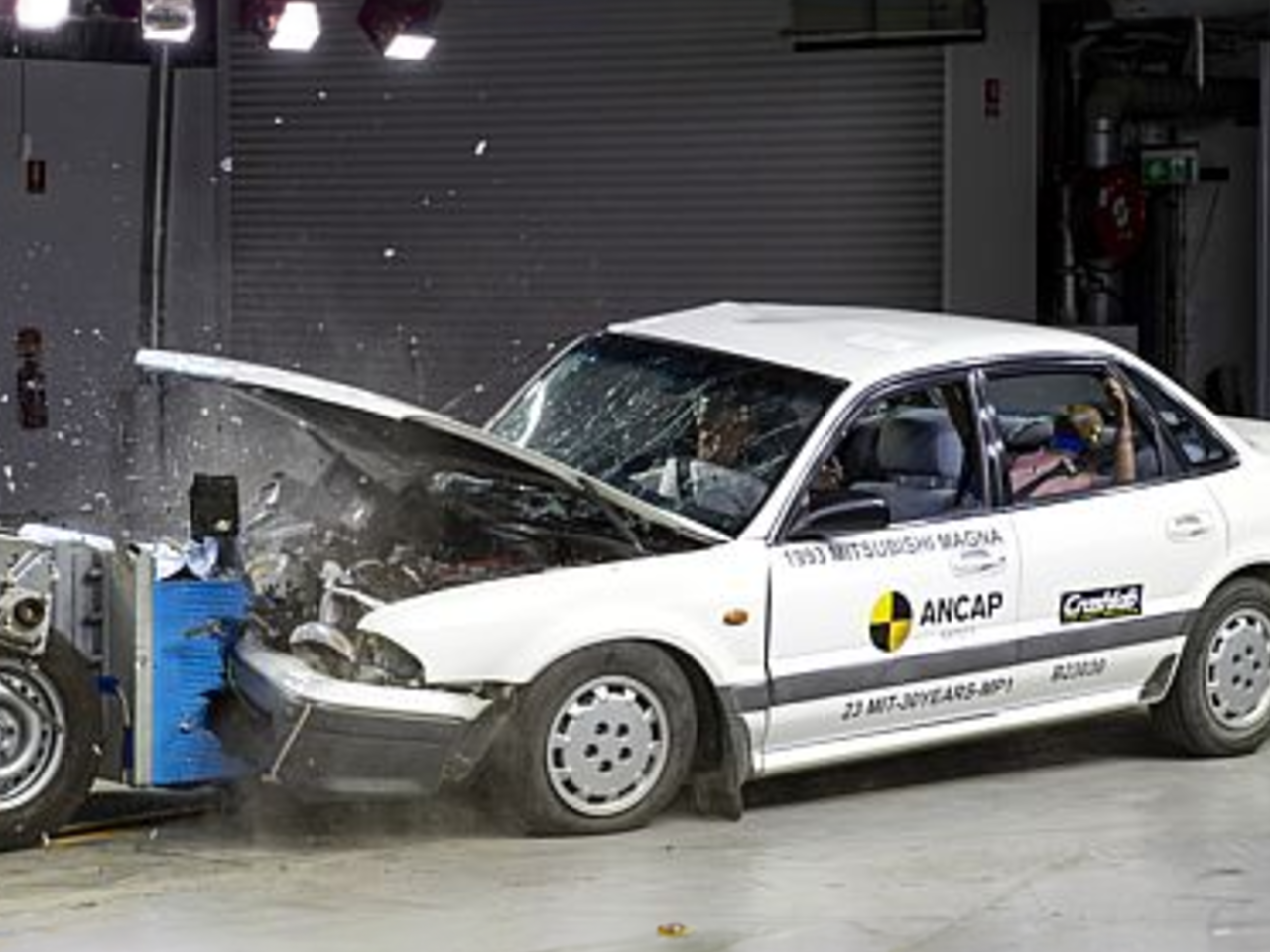ANCAP and Euro NCAP Highlight the Importance of Crash Testing and Vehicle Safety
How has vehicle safety evolved over the past 30 years and what role do organizations like ANCAP and Euro NCAP play in improving crash testing?
Crash testing and vehicle safety have come a long way in the past 30 years, but there is still work to be done. The secretary general of Euro NCAP, Michiel van Ratingen, addressed the need for continued improvement in crash testing, particularly as safety technology evolves rapidly. Both Euro NCAP and ANCAP are expanding their crash testing protocols to include larger vehicles, such as heavy trucks and US-style pick-ups. The main concern with these vehicles is not their mass, but rather their high ride height, which can pose a significant safety risk in accidents. In addition to crash testing, there is also a focus on real-world testing to determine how vehicles perform in various scenarios. While there are challenges to overcome, both organizations are committed to using their combined resources to improve crash safety in new vehicles.
ANCAP and Euro NCAP are joining forces to make crash testing even better. While they have already upgraded protocols for passenger cars this year, they are now expanding their focus to larger vehicles like heavy trucks and US-style pick-ups. These types of vehicles have a unique challenge because they are often custom built to a buyer’s specifications. However, their high ride height is the main concern when it comes to safety. In accidents, their main mass is aligned with or even above the passenger compartments of smaller vehicles, posing a significant risk.
The focus on crash testing also extends to real-world testing. While laboratory tests are important, they don’t always reflect how a vehicle will perform in the broader community. That’s why ANCAP and Euro NCAP are exploring ways to improve real-world testing. This type of testing takes into account all the variables that come into play in real-life accidents. It’s critical to understand how a vehicle performs in different scenarios and with all the factors involved. While there are logistical challenges to overcome, both organizations are committed to finding solutions and improving real-world testing.
Another aspect of vehicle safety is the technology that is becoming more prevalent in new cars. While many of these driver assist technologies are beneficial, there are also some shortcomings in certain models. Euro NCAP and ANCAP work closely with manufacturers to address these issues and encourage improvements. However, they also recognize that they can’t force manufacturers to make changes. Despite these challenges, both organizations have a clear vision for the future and will use their combined resources to continue improving crash safety. As technology evolves, so too should the safety standards for new vehicles.
To highlight the advancements in vehicle safety over the past 30 years, ANCAP conducted a crash test with a 1993 Mitsubishi Magna sedan. This car, donated by a generous owner, was assessed using the latest crash testing protocols. The results were not pretty, showcasing the dangers of driving a car of this age without modern safety features. In the past, most cars were lucky to have basic seat belts and anti-lock brakes. Today, the average consumer is much more informed about safety and has the power to choose safer vehicles. The age of a vehicle can make all the difference in terms of safety.
- Euro NCAP and ANCAP are working to improve crash testing protocols for larger vehicles
- High ride height of certain vehicles poses a safety risk in accidents
- Real-world testing is being explored to assess vehicle performance in different scenarios
- Challenges exist in implementing real-world testing, but efforts are being made to address them
- Both organizations are dedicated to improving crash safety in new vehicles
ANCAP and Euro NCAP are working together to improve crash testing for larger vehicles and explore real-world testing. The high ride height of certain vehicles poses a safety risk, and it’s important to understand how vehicles perform in different scenarios. While there are challenges to overcome, both organizations are dedicated to improving crash safety in new vehicles. The advancements in vehicle safety over the past 30 years are evident, and consumers now have the tools to make safer choices when it comes to their vehicles. So, next time you hit the road, think about the safety features in your car and how they might protect you in the event of an accident.

